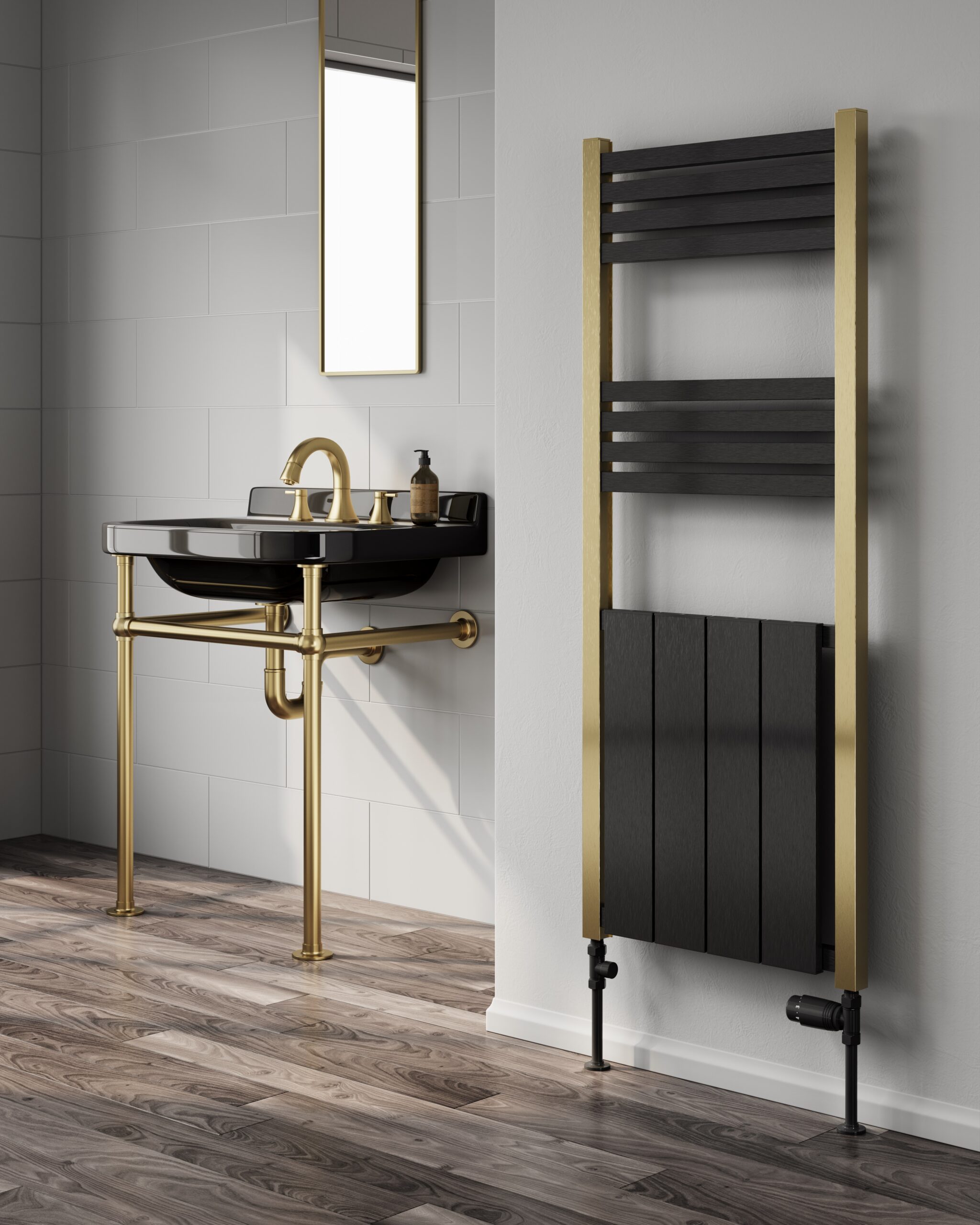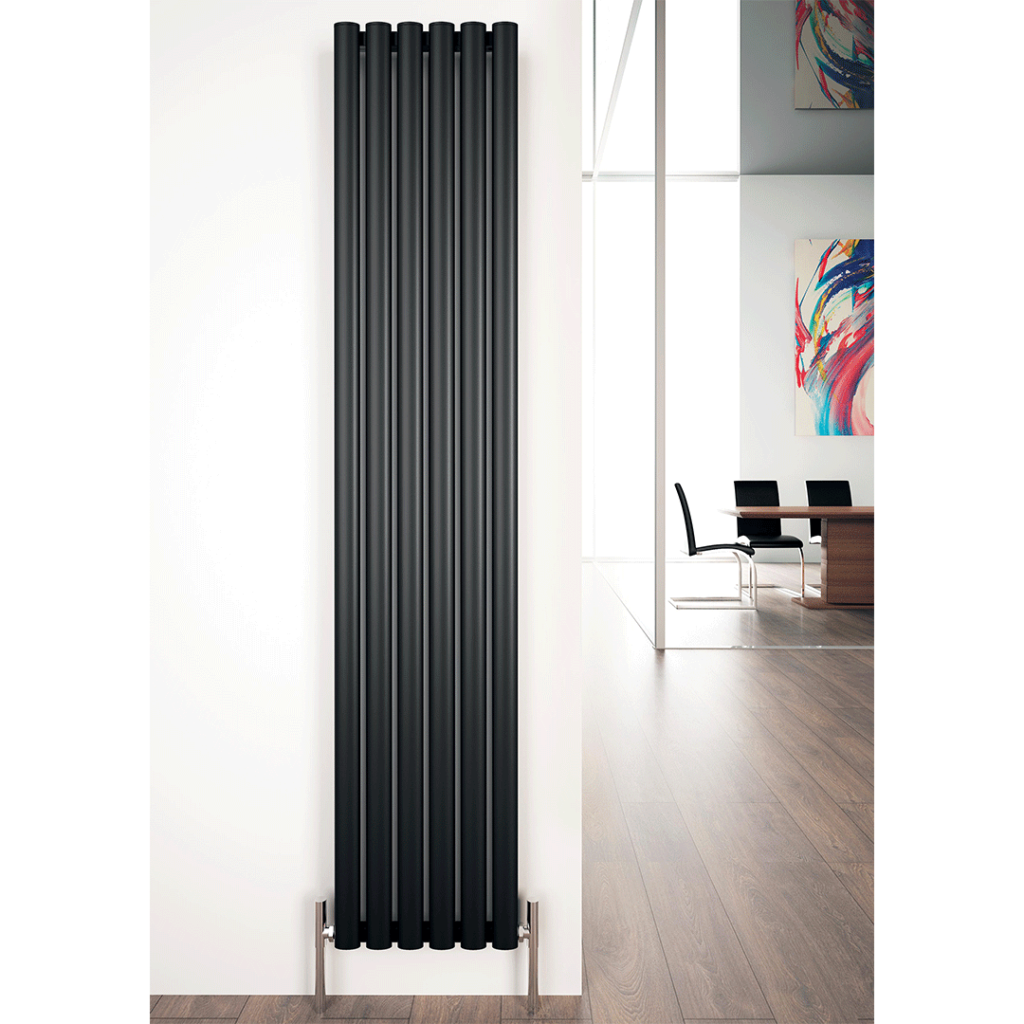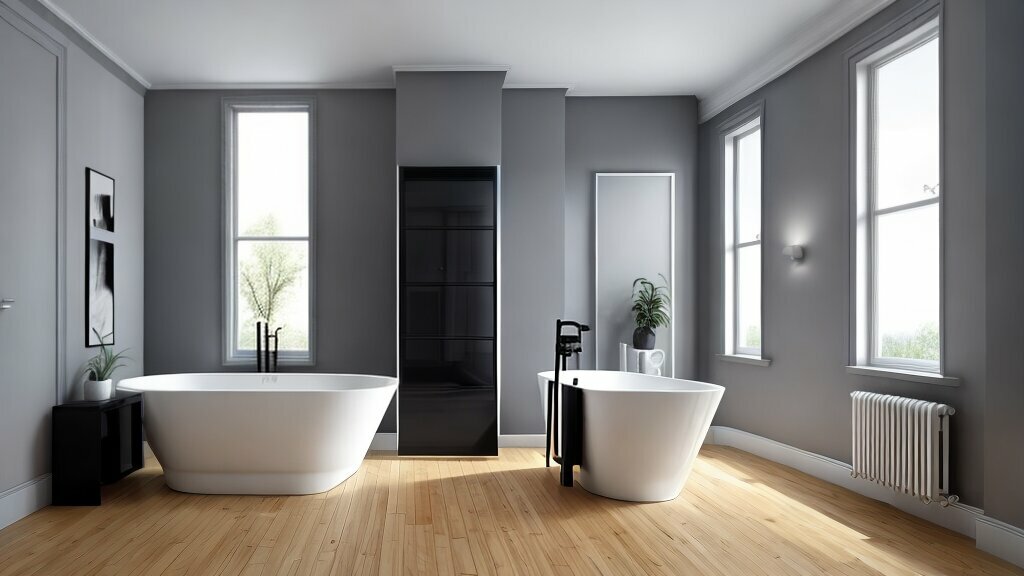Which Radiators Give Out The Best Heat?

Choosing the right radiator for your home is an important decision that requires careful consideration. The type of radiator you select will impact the quality of heat it provides, as well as the look and feel it lends to your space. In this comprehensive guide, we will compare the top radiator options on the market and provide tips for selecting the best model for your needs.
Column Radiators
Column or panel radiators are a common and affordable option. They consist of vertical panels connected by pipes through which hot water flows.

Pros:
- Available in a wide range of sizes to suit any space
- Provide an even distribution of heat
- Relatively inexpensive
- Easy to install
Cons:
- Large models can be bulky and visually dominant
- Not as effective for heating smaller spaces
- Limited style options compared to other types of radiators
If you need an economical solution for heating a large room, a traditional column radiator is a solid option. Stick to modest sizes and finishes to minimize visual impact.
Vertical Radiators
Vertical or upright radiators have a tall, slim profile. They take up less floor space than traditional panel radiators.

Pros:
- Great for heating smaller spaces
- Take up less floor area than other radiator styles
- Available in a wide range of heights
- Offer contemporary visual appeal
Cons:
- Not as effective for heating large, open spaces as some radiator types
- Often more expensive than column radiators
- Limited fins mean less heating capacity
Vertical radiators are ideal for small bathrooms or areas where space is tight. Their minimal footprint and modern styling make them a great choice for contemporary homes.
Horizontal Radiators
As the name suggests, horizontal radiators have pipes running side to side rather than top to bottom. This style is lower and longer than vertical models.

Pros:
- Provide heat at lower levels where it’s needed
- Require less wall space vertically
- Models with more pipes offer increased heat output
- Understated appearance blends into décor
Cons:
- Take up more floor space than some radiator options
- Not as effective for heating rooms with high ceilings as certain radiator types
- Limited style and size options compared to other radiator designs
With their discreet look and heating positioned lower on the wall, horizontal radiators are great for living rooms and bedrooms. Opting for models with multiple pipes for more heat.
Designer Radiators
Designer or decorative radiators come in unique shapes and materials for making a stylish statement. Popular options include curvy cast iron and sleek stainless steel.

Pros:
- Available in bold colors and eye-catching shapes
- Provide a focal point in modern and contemporary spaces
- Models with more surface area heat rooms efficiently
- Broad range of styles to match any décor
Cons:
- Usually the most expensive type of radiator
- Limited size availability depending on the design
- Quirky shapes may make installation challenging
For a contemporary room needing a dash of drama, a decorative radiator is a great way to add form and function. Be prepared to pay more for the style upgrade over standard radiator designs.
Towel Radiators
As suggested by the name, towel radiators allow you to warm towels in the bathroom. They have horizontal bars perfect for draping towels over.

Pros:
- Cools down bathrooms by drying towels quickly
- Horizontal bars provide a place to hang towels
- Compact size great for small baths
- Also warms bathroom effectively
Cons:
- Limited heat output compared to larger radiator models
- Not enough bar space for multiple towels
- Only useful in bathrooms
If you want warm towels and a compact radiator for your bathroom, a towel model is the obvious choice. Pick one with ample bar space for your needs.
Radiator Buying Considerations
- Room size – Choose a radiator with adequate heating capacity for the room’s dimensions. Longer models work best for large open layouts.
- Placement – Radiators under windows provide localized heat to combat cold drafts. Position them along external walls in colder climates.
- Heat output – The BTU rating indicates the radiator’s heating power. Size this appropriately for the room based on square footage. More pipes/panels means more heat.
- Fuel type – Radiators are typically designed for hot water/steam (hydronic) or electric heating systems. Ensure compatibility with your home’s setup.
- Material – Cast iron offers superior heat conductivity and retention but is very heavy. Aluminum and steel are lighter alternatives commonly used for radiators.
- Style – Complement your room’s aesthetics with a radiator style and finish that enhances your decor. Consider column, vertical, horizontal, and designer models.
- Budget – Standard panel radiators tend to be the most economical. More ornate designer radiator models come at a premium price point.
Radiator Maintenance Tips
Regularly maintaining your radiators helps ensure optimal performance and heating efficiency. Follow these tips:
- Bleed radiators at the start of each winter to remove trapped air. This allows hot water to circulate properly through the radiator.
- Clean with a soft cloth to keep your radiators dust-free. Use a damp cloth and mild detergent for aluminum/steel radiator models.
- Check for leaks and repair any drips or valve problems right away to prevent rust and damage. Keep an eye out for water stains or puddles.
- Remove obstructions like furniture to allow heat to circulate freely around the room. Radiator heat should flow unimpeded.
- Paint with specialized paint if your radiator’s finish is chipped or flawed for improved aesthetics and rust prevention. Choose heat-resistant paint.
- Have a professional flush your radiator and heating system annually to clear sediment and mineral deposits. Proper flushing improves performance.
Proper maintenance keeps your radiators working efficiently and looking their best season after season. Paying attention to these simple steps goes a long way.
FAQs About Radiators
What size radiator do I need?
Size your radiator based on the room’s dimensions, window coverage, and other factors. As a rule of thumb, allow 1 BTU for every square foot of room space to determine the proper radiator size.
How do I calculate radiator BTUs?
First measure your room’s length x width to get total square footage. Multiply this by the BTU allowance per square foot based on your climate. Finally, add any extra BTUs needed for external walls or windows.
What is the most energy efficient type of radiator?
Panel radiators with convectors that warm air as it passes over the fins offer the best efficiency. Radiator models made of conductive materials like aluminum and steel also provide great energy savings.
Should radiators be on internal or external walls?
For maximum efficiency, position radiators under windows on external walls to directly combat cold from outside and prevent drafts. This localized heating is most effective.
How do I make an old radiator heat better?
Improving central heating circulation, bleeding radiators properly, sealing drafty windows, and removing obstructions can help older radiators run hotter. Have a professional service them for maintenance.
Final Takeaways on Choosing Radiators
- Assess your heating needs, room size and décor style when selecting a radiator type. Models like column, vertical, horizontal and designer all have unique pros and cons.
- Look for radiators with more surface area, like panel or curved tube styles, to provide the most potential heat output for your space.
- Strategic placement under windows on external walls and proper proactive maintenance are key to getting the best performance from your radiators.
- Balance form and function by choosing a radiator style that suits your space both aesthetically and functionally from a heating perspective.
- Investing in quality radiators and maintaining them properly over time saves money on energy costs in the long run.
With so many types available today, take the time to make an informed decision when choosing radiators. Use this guide’s tips to find options that heat effectively while blending seamlessly into your home’s style.
Take Action Now!
Explore our best-selling radiators in the UK and choose one that fits your budget and requirements. Don’t settle for a subpar heating system and upgrade your home or business with the best selling radiators today. Your comfort, energy bills, and the environment will thank you.
It is crucial to seek guidance from the manufacturer and a certified professional for the installation process to ensure safety and compliance with all technical specifications and requirements. Proper installation is key to the optimal performance and longevity of the product.
Additionally, professional installation may be necessary to maintain the product’s warranty. Therefore, it is highly recommended to consult with experts and not attempt to install the product yourself unless you are qualified to do so.



